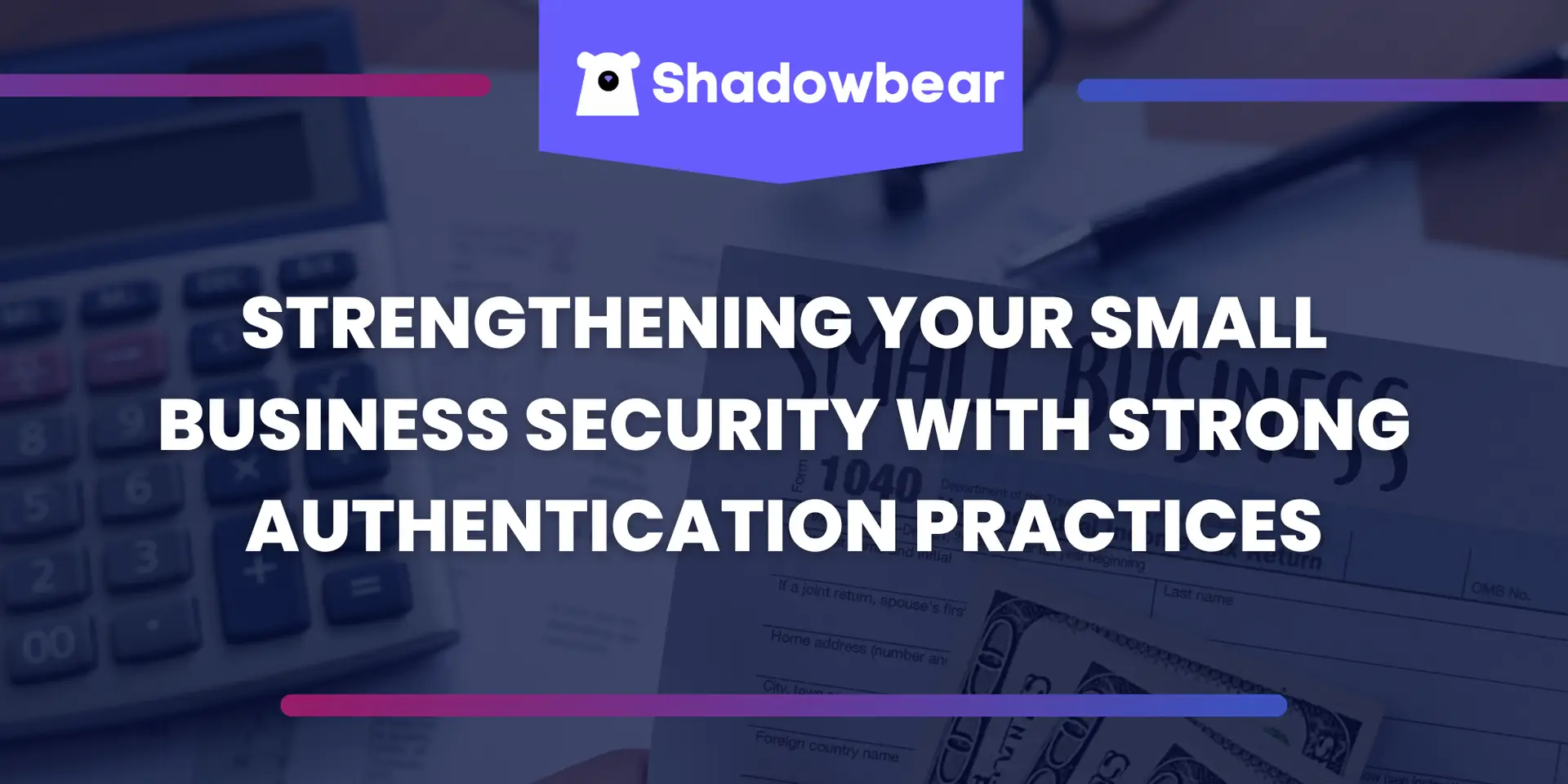In the digital age, safeguarding your business’s data and systems is critical, and one of the most effective ways to enhance your security posture is through implementing strong authentication practices. While cybersecurity can seem confusing and difficult to manage, particularly for those without a technical background, certain fundamental steps can significantly boost your defenses without overwhelming complexity. Read on for actionable steps that can help fortify your authentication methods, ensuring your business remains secure against potential cyber threats.
The Importance of Strong Authentication
Strong authentication practices are essential for preventing unauthorized access to your systems and sensitive information. By implementing multiple layers of security, you can ensure that even if one barrier is breached, additional safeguards are in place to protect your business.
Actionable Steps for Enhancing Authentication
1. Enable Multi-Factor Authentication (MFA)
Multi-factor authentication adds a critical layer of security by requiring users to provide two or more verification factors to gain access to systems. This could include something you know (a password), something you have (a security token), and something you are (biometric verification).
- How to Implement:
- Choose an MFA solution that fits your business needs (could be an app or SMS verification like you see with your banks)
- Log into all your accounts and look to add MFA (sometimes still called 2FA) for every log in if its not already set up
- Train employees on how to set up and use MFA.
- Regularly monitor and update MFA settings to ensure they remain secure.
2. Use Strong, Unique Passwords
Encouraging the use of long, complex passwords that incorporate letters, numbers, and symbols can significantly reduce the risk of unauthorized access.
- How to Implement:
- Develop a password policy that requires a minimum length and complexity.
- Educate employees on creating strong passwords and the dangers of using weak, easily guessable passwords.
3. Educate Your Team on Password Hygiene
Frequent training on the importance of strong passwords and the risks associated with poor password practices is vital.
- How to Implement:
- Conduct regular training sessions.
- Use real-world examples of security breaches caused by poor password practices to underline importance.
- Provide guidelines and tools for managing password security so they’re not just writing it on a sticky note or a spreadsheet.
4. Employ Password Managers
Remembering complex unique passwords for each login is impossible. Password managers help manage the complexity of maintaining unique passwords for different accounts and securely store them.
- How to Implement:
- Select a reputable password manager suitable for business use.
- Provide training for employees on how to use the password manager effectively.
- Regularly update and back up the password manager.
5. Update Authentication Protocols Regularly
As technology and potential threats evolve, so should your authentication methods.
- How to Implement:
- Stay informed about the latest authentication technologies.
- Schedule regular reviews of your authentication protocols.
- Implement updates and new technologies as needed.
6. Limit Use of Social Media Logins
Using social media logins can be convenient but may introduce security risks.
- How to Implement:
- Encourage the use of more secure login options.
- Set up guidelines and policies restricting the use of social media logins for business applications.
7. Audit User Access
Regular reviews of who has access to what in your organization can help prevent unauthorized access.
- How to Implement:
- Conduct regular access audits.
- Adjust access controls based on employee role changes.
- Use automated tools to assist in monitoring and managing access.
8. Implement Account Lockout Policies
Setting policies that lock user accounts after several failed login attempts helps prevent brute force attacks.
- How to Implement:
- Define a reasonable threshold for failed attempts before lockout.
- Communicate the policy to all employees.
- Monitor and adjust the policy as needed based on its effectiveness and feedback.
9. Regularly Update Security Questions
Ensure that security questions are not easily guessable and are treated with the same confidentiality as passwords.
- How to Implement:
- Guide employees on choosing robust, unpredictable answers.
- Periodically review and update security questions.
10. Seek Professional Advice
If you’re unsure about how to implement these practices effectively, consulting with cybersecurity professionals like Shadowbear can provide tailored advice and solutions.
- How to Seek Guidance:
- Identify reputable cybersecurity firms or consultants like us at Shadowbear.
- Arrange for consultations to tailor authentication strategies to your specific needs.
Your Next Step
To deepen your understanding and strengthen your business’s security measures, explore the comprehensive guide, “The Small Business Guide to Strong Authentication.” This guide offers a step-by-step approach to enhancing your authentication practices and includes a FREE checklist to help you implement these changes systematically.
